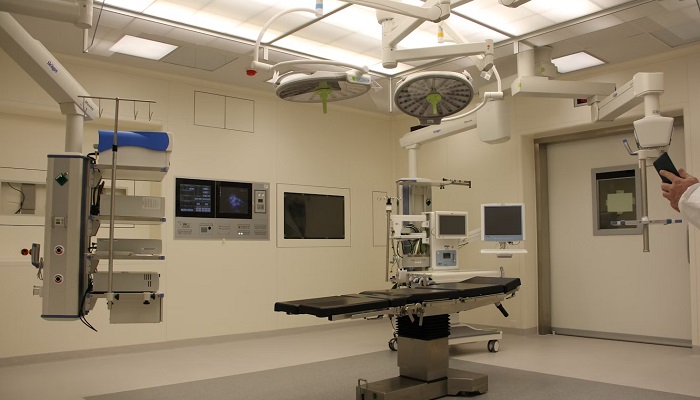Precision is paramount in the operating room – a realm where robotics is not just arriving but establishing dominion. The fusion of technology and human skill is sculpting a new era in surgery, promising a surge in precision and fundamentally altering patient outcomes.
Consider the implications: a robotic arm doesn’t tremble; surgical tools directed by unerring software carve with implausible accuracy. This isn’t purely future talk. Robots are here, now enhancing operative medicine, and the repercussions for healthcare will be profound.
While the thought of being operated on by a robot might initially seem scary, it needn’t be, and here’s why.
The Vanguard of Precision: Robotic Techniques in the OR
Robotic assistance in surgery is more than a tool; it’s a transformation. Cutting-edge robotic techniques, born from the synergy between academic minds and tech giants, are redefining what’s possible. With these innovations, surgeons navigate complex procedures with enhanced vision and dexterity.
For those intrigued by the potential to master such technology, getting into a surgical tech program offers a direct path to becoming proficient with these advanced tools, equipping future technologists with the necessary skills and confidence.
Robotic Precision Uplifting Surgical Accuracy
Accuracy in surgery isn’t just beneficial – it’s imperative. Robotics introduce an unparalleled level of precision, transforming shaky human hands into the steady incisions of mechanical counterparts. Each movement is meticulously orchestrated, reducing the margin for error to near zero.
Surgeons leveraging robotic systems find an ally in consistency. Outcomes become predictable; success rates climb.
It’s a new benchmark in surgical precision, and as technology advances, so too does our command over the intricate dances performed at the operating table – where every micro-movement counts.
Market Projections and Telesurgery
As robotic systems gain traction, their economic footprint is set to explode. By 2024, a $10 billion market burgeons, and is expected to mushroom to $15.8 billion by 2030 as per Global Data’s forecast. This isn’t a bubble – it’s the ascendancy of a new surgical standard.
Simultaneously, telesurgery emerges as a frontier – surgeons operate across distances once insurmountable. The implications? Accessible expertise regardless of geography, broadening the horizons for patient care and democratizing high-level surgical intervention. Robotics in medicine is not just an upgrade; it’s a revolution in reach and efficiency.
A Sanitary Leap Forward: The Infection Rate Decline
Enter the operating room of the future, where robotics devices not only enhance precision but significantly cut down infection rates. Less invasive approaches mean smaller incisions – gateways for potential pathogens are minimized.
Robotics brings a cleaner perspective to surgery. Less human contact reduces the risk of contamination and post-operative complications.
The result? Patients face shorter hospital stays and quicker returns to normal life. This is an undeniable victory in the ongoing campaign for patient safety – a testament to how technology can be harnessed to protect and promote healthcare.
Optimizing Recovery: The Aftermath of Robotic Surgery
Robotic surgery is rewriting the narrative of patient recovery. With enhanced precision comes diminished tissue trauma, heralding a new chapter in postoperative healing.
Patients benefit from this gentler approach – experiencing less pain, requiring fewer painkillers, and often witnessing a speedier return to daily activities. More than just about comfort, it’s about reclaiming time and reducing the physical and economic strain of extended recuperation periods.
Swift recoveries not only ease patient burdens but also ripple through healthcare systems, optimizing bed turnover rates and resource allocation.
What the Future Holds
The trajectory of robotics in surgery points toward a horizon filled with potential. We stand on the cusp of an era where operative procedures are not only assisted but potentially fully conducted by robotic systems.
With advancements in AI and machine learning, the question shifts from “Will robots help?” to “How far can they lead?” The future promises expanded capabilities, greater accessibility, and further refinement of this synergy between man and machine, changing the face of surgical practice forever.
Summing Up…
The fusion of robotics and surgery is not merely a passing trend – it’s the very evolution of operative medicine. As we forge ahead, the promise of improved outcomes and reshaped healthcare experiences is unmistakable. The future, indeed robotic, awaits with open arms.


















